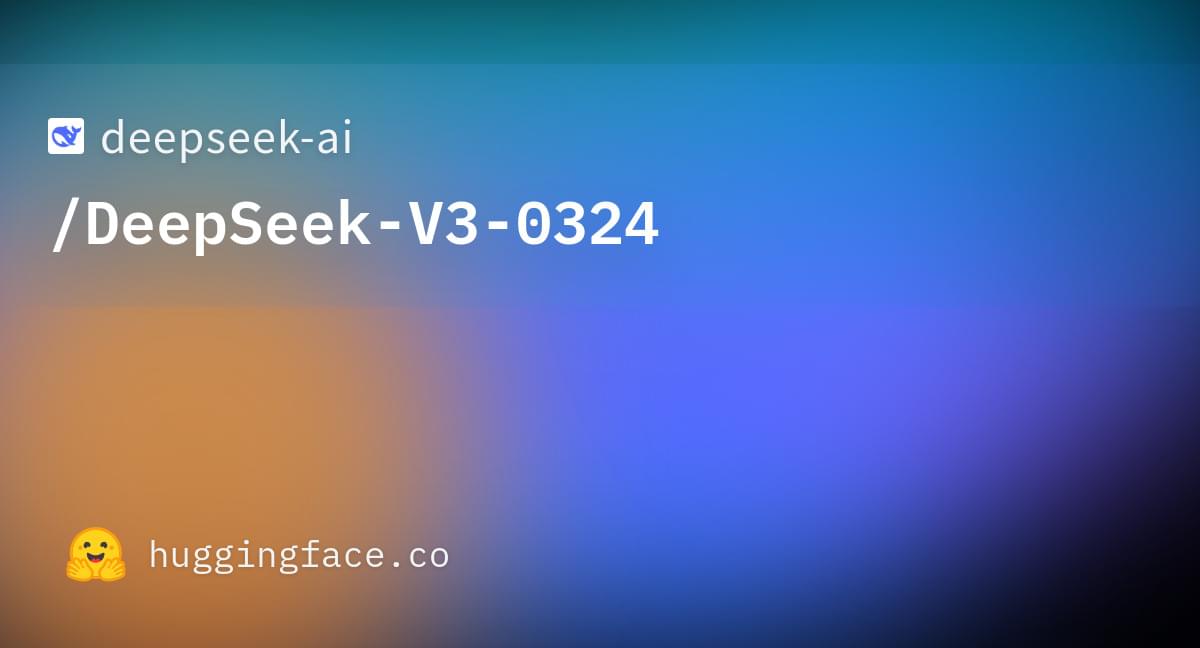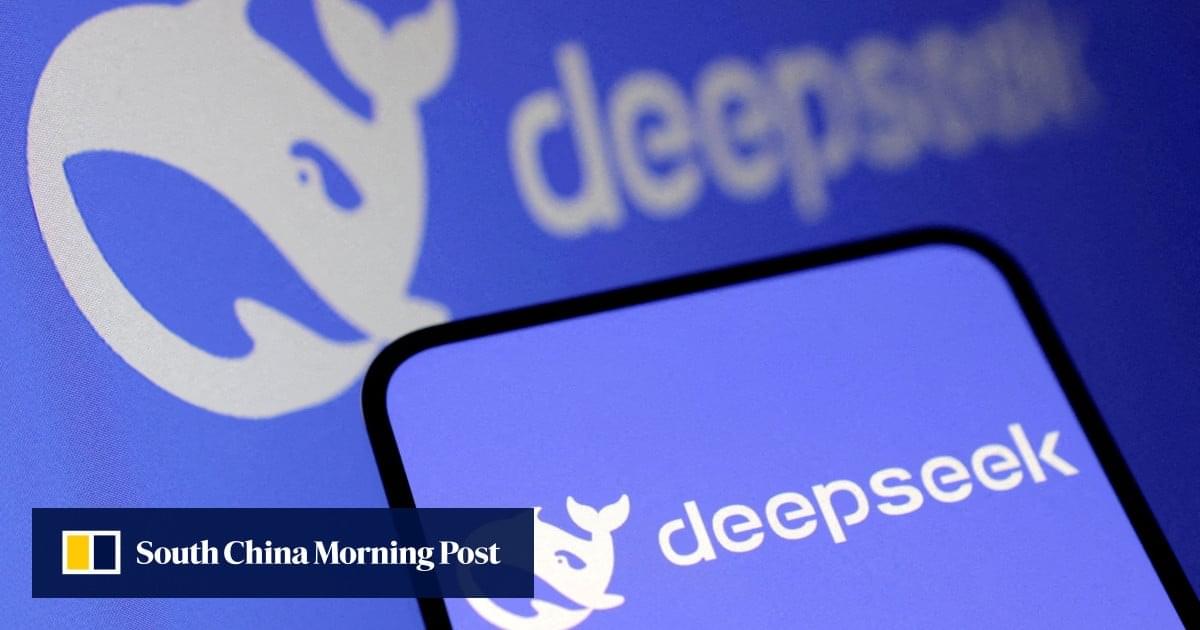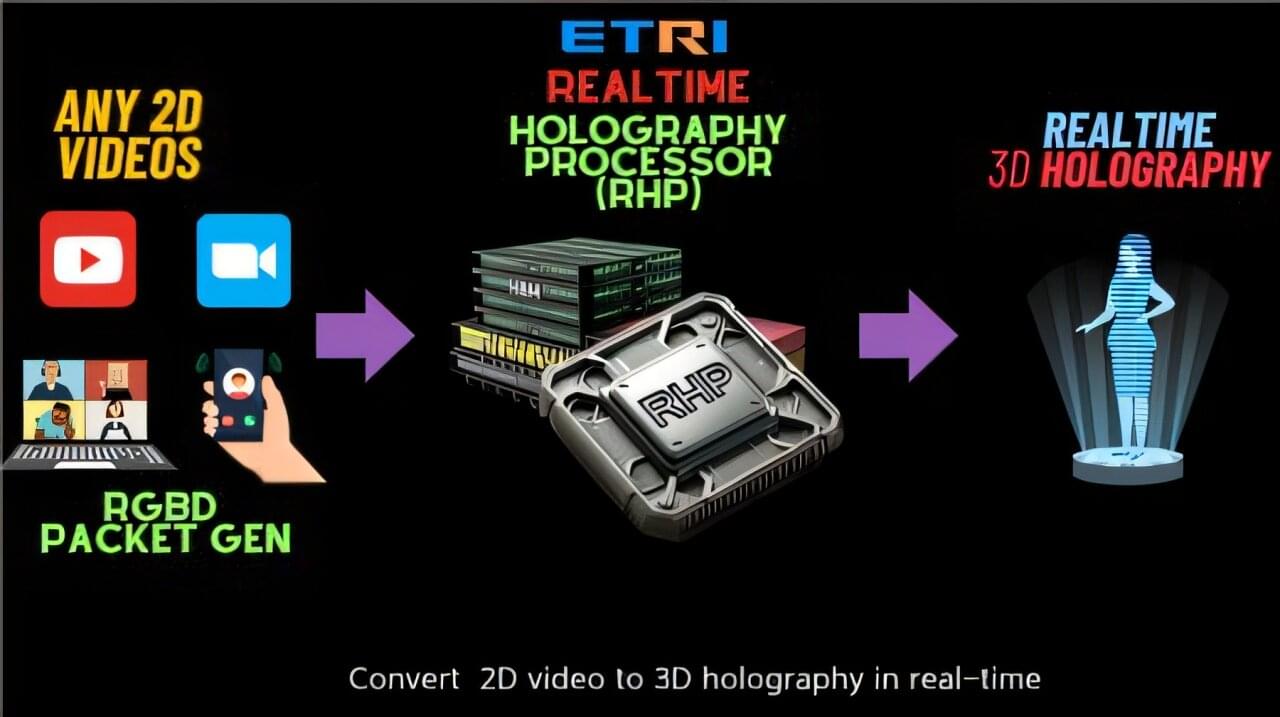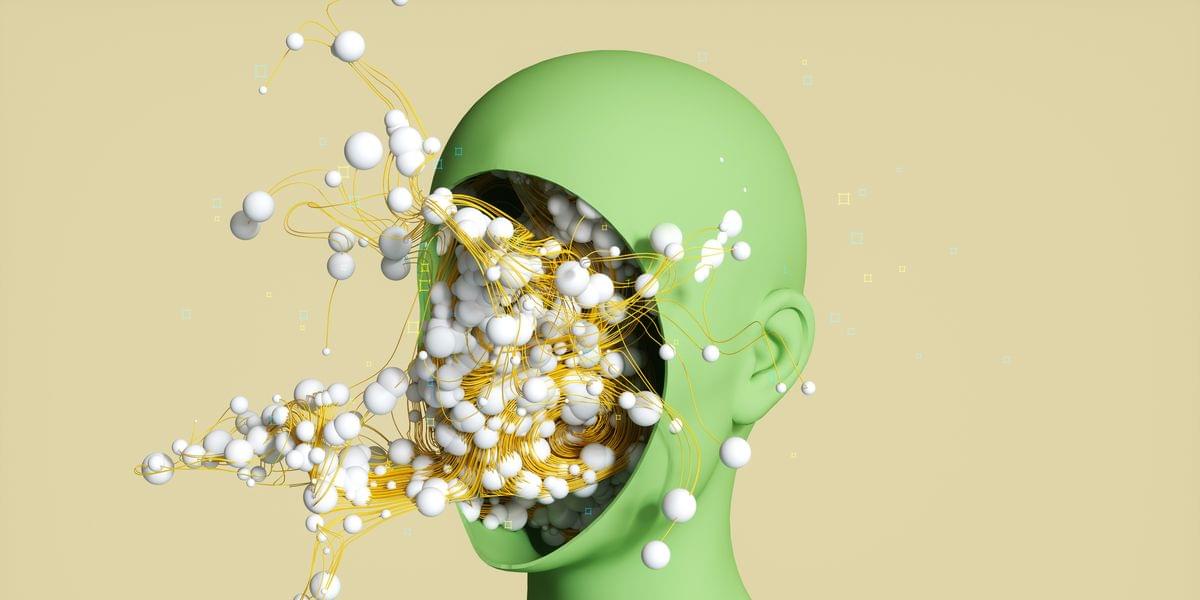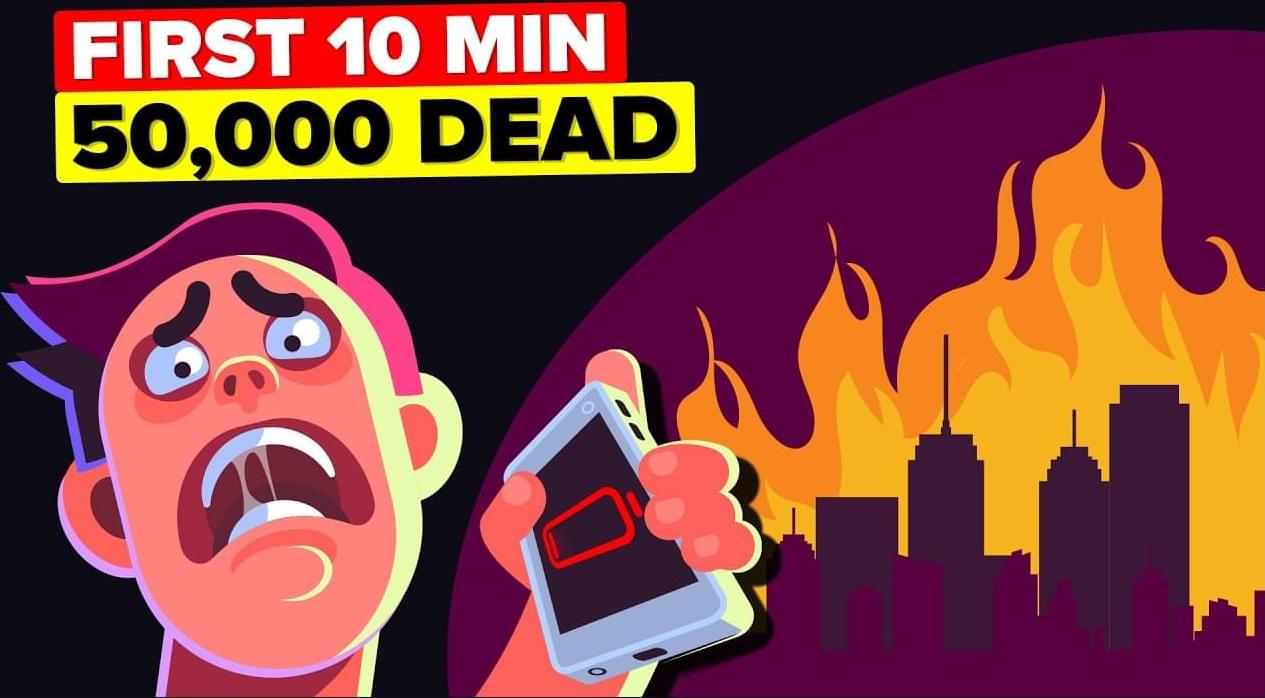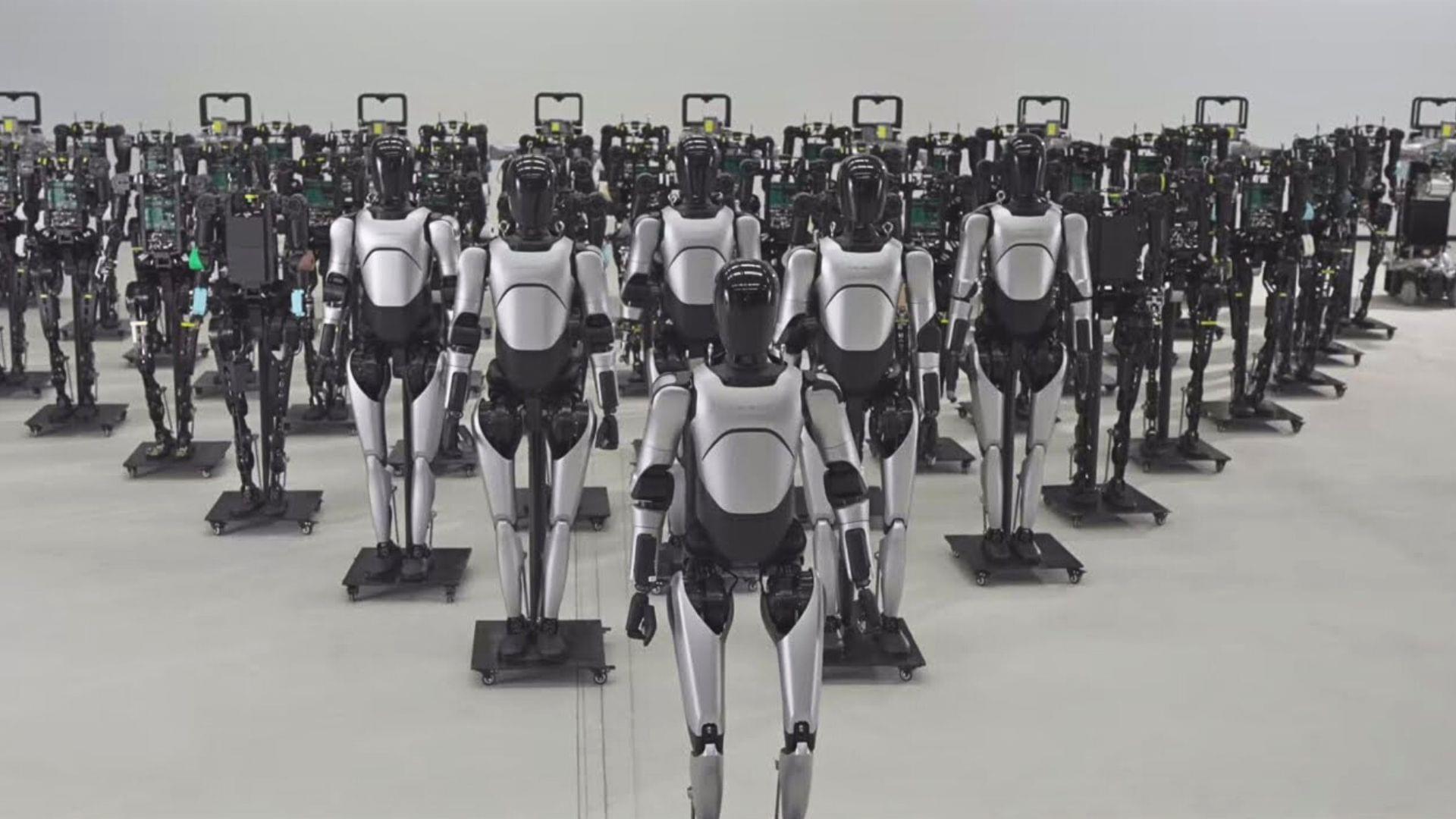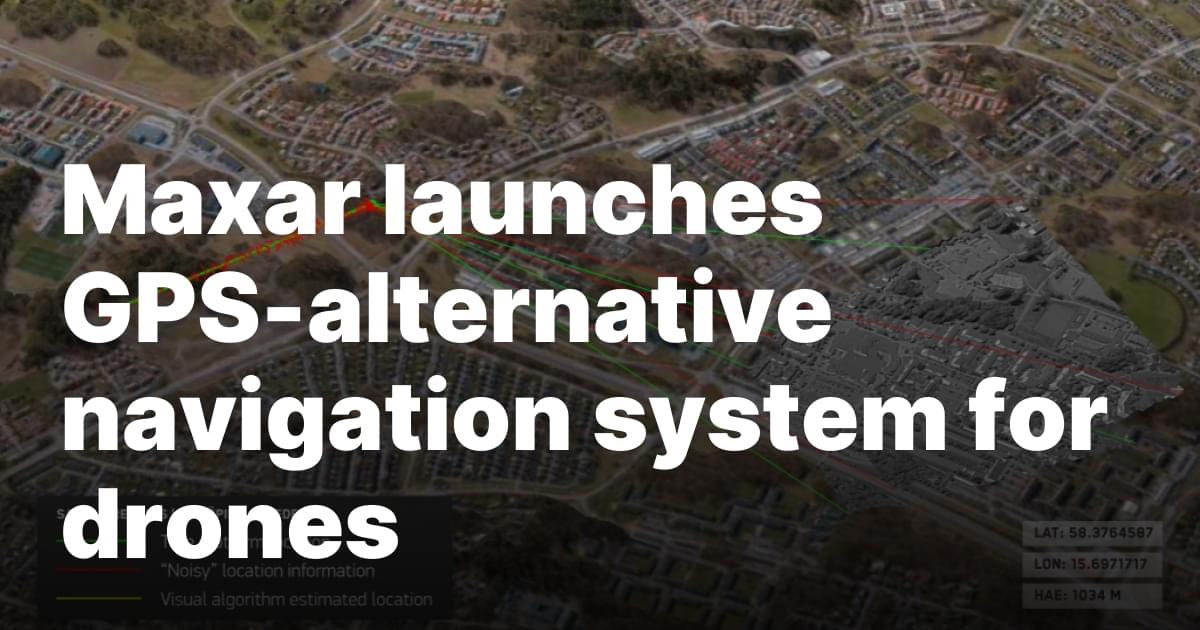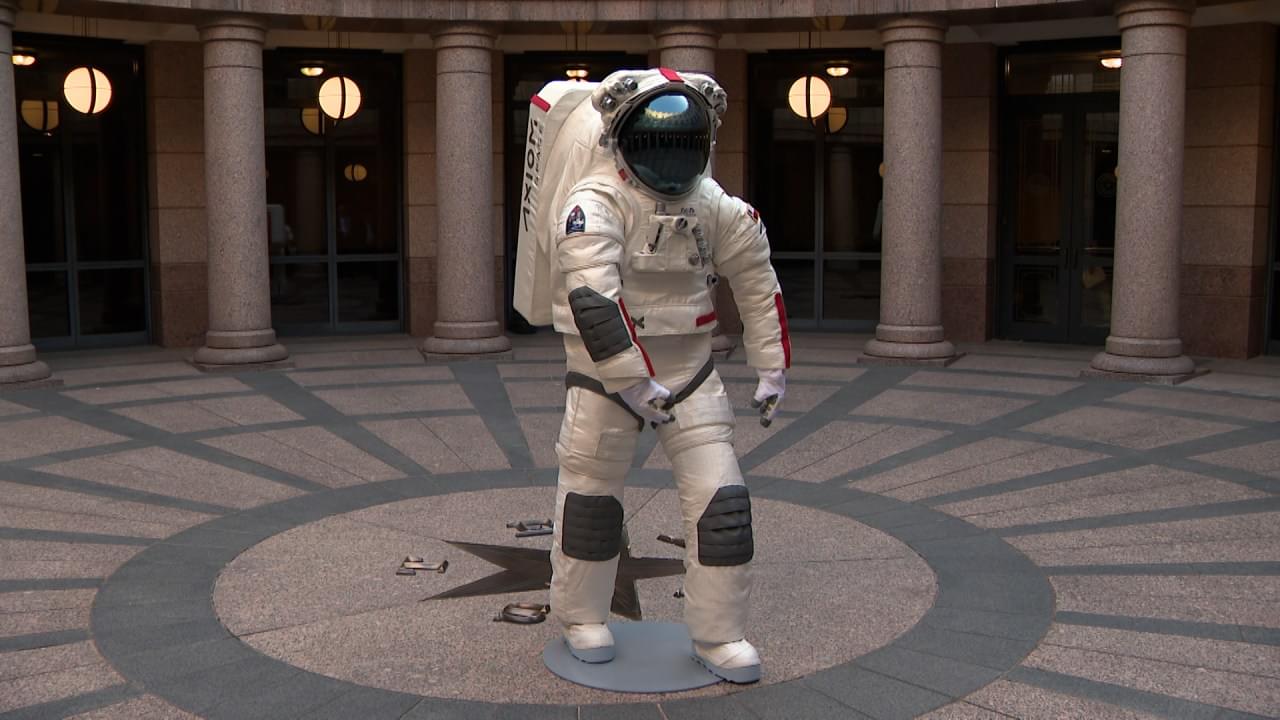The standard model of particle physics is our best theory of the elementary particles and forces that make up our world: particles and antiparticles, such as electrons and positrons, are described as quantum fields. They interact through other force fields, such as the electromagnetic force that binds charged particles.
To understand the behavior of these quantum fields—and with that, our universe—researchers perform complex computer simulations of quantum field theories. Unfortunately, many of these calculations are too complicated for even our best supercomputers and pose great challenges for quantum computers as well, leaving many pressing questions unanswered.
Using a novel type of quantum computer, Martin Ringbauer’s experimental team at the University of Innsbruck, and the theory group led by Christine Muschik at IQC at the University of Waterloo, Canada, report in Nature Physics on how they have successfully simulated a complete quantum field theory in more than one spatial dimension.

